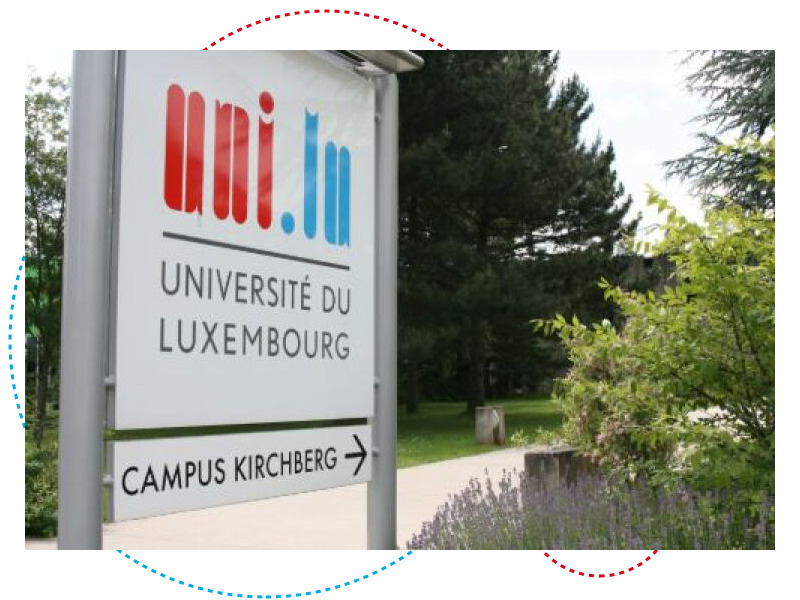
Supported by the Luxembourg National Research Fund (FNR) 17931929
Abstract
Authoritarian regimes often rely on targeting – unequal application of the law to isolate out-groups or internal « enemies. » At the same time, modern autocrats’ methods of social control appear less draconian than those in the past. This study analyzes a dynamic model of authoritarian control. In the model, a regime uses the threat of asset confiscation to limit « deviant » behavior. Confiscation is targeted: it varies across citizens’ types and wealth holdings. The regime’s commitment to a confiscation scheme is time-limited and depends on imperfectly informative signals of citizen behavior. In equilibrium, wealthier citizens are more compliant and face lower confiscation rates.
When discount factors are low, the wealth distribution bifurcates. In the long run, a citizen either becomes a wealthy, fully compliant « lackey » or a destitute, noncompliant « prole. » This results in extreme wealth inequality and a polarized society. In a growing economy when discount factors are high, the regime sacrifices short run compliance to obtain greater control in the long run. Less punitive confiscation allows citizens to accumulate enough wealth for the regime to achieve full compliance. In a stagnant economy, however, authoritarian control results in destitution and non-compliance in the long run. The results suggest an explanation for why authoritarian regimes often produce polarized, sclerotic societies, and why conditions needed for a prosperous, cohesive society under authoritarian rule are fragile.
About Roger Lagunoff
Register for the seminar – as of September 6th, 2023
